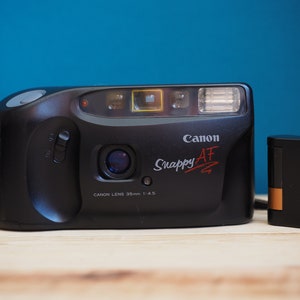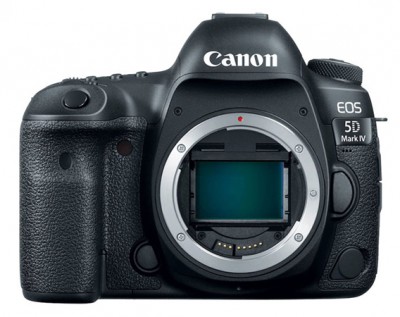

At the time I thought I’d take a few rolls of what I needed, toss it in the drawer, and eventually it’d head to a garage sale or dumpster. I wanted to take some pictures of a house I was renovating, and did not have any other camera available. These go for around $150-200, which is not terrible, and naturally have modern features like autofocus, DX film encoding, self-timer, and of course, that bright lens.I bought this weeks review camera brand new in 1989 it was a K-Mart blue light special blister-pack model and I think I paid about $45 for it. The later models with F2.8 lenses can sell for above $300, which I think is a little silly, so I would recommend the Olympus mju 35mm F3.5 Panorama, which came out in 1992.

The photographers who shoot these cameras today seem to gravitate toward the models with prime lenses. Shopping for an mju camera can be confusing because there are so many different models available. These cameras were a huge hit at the time, with “20 million models sold in the first ten years of production,” according to Camerapedia. If you can find one at a good price in good, working condition, then more power to you, but a more recent alternative would be the original Olympus mju series, which was released in 1991. Listen, we all love the Olympus XA series, but the last copies rolling off the assembly line are over 30 years old. We only include products that have been independently chosen by Viewfinders’ editorial team. Viewfinders may receive a portion of sales if you buy a product through a link in this article. So without further ado, here are the best film cameras for the long haul: I do have some expensive cameras on this list, but they at least partially justify the price. They’ve been covered a lot already, for one thing, and they often go for prices above what I think is reasonable for what are ultimately not-particularly-durable plastic compact cameras. I should note that I am making the deliberate choice to skip some of the well-known 35mm cameras like the Ricoh G/R1s, the Olympus mju II F2.8, the Yashica T4, and other super popular point-and-shoots. Many of the cameras on this list have functions that far exceed their ‘80s counterparts, like snappy autofocus, accurate metering, and advanced optics with aspherical elements.

Personally, I don’t mind the look, and the important part is that these cameras still have some life left in them. Seriously, why were we so interested in rebelling against the angles and lines of the ’80s that we made everything round? So it pays, then, to get a 35mm camera from the late ‘90s and early 2000s.Ĭameras from this era have typically gotten the cold shoulder because they have that distinct late ‘90s and early 2000s look, with rounded… everything. Even the Canon Rebel XS that I recently reviewed is at least 26 years old. There aren’t very many 35mm film cameras being manufactured these days, so, if you’re looking for the best point and shoot film camera that’ll actually work for the foreseeable future, you might want look for a camera that’s a little newer.


 0 kommentar(er)
0 kommentar(er)
